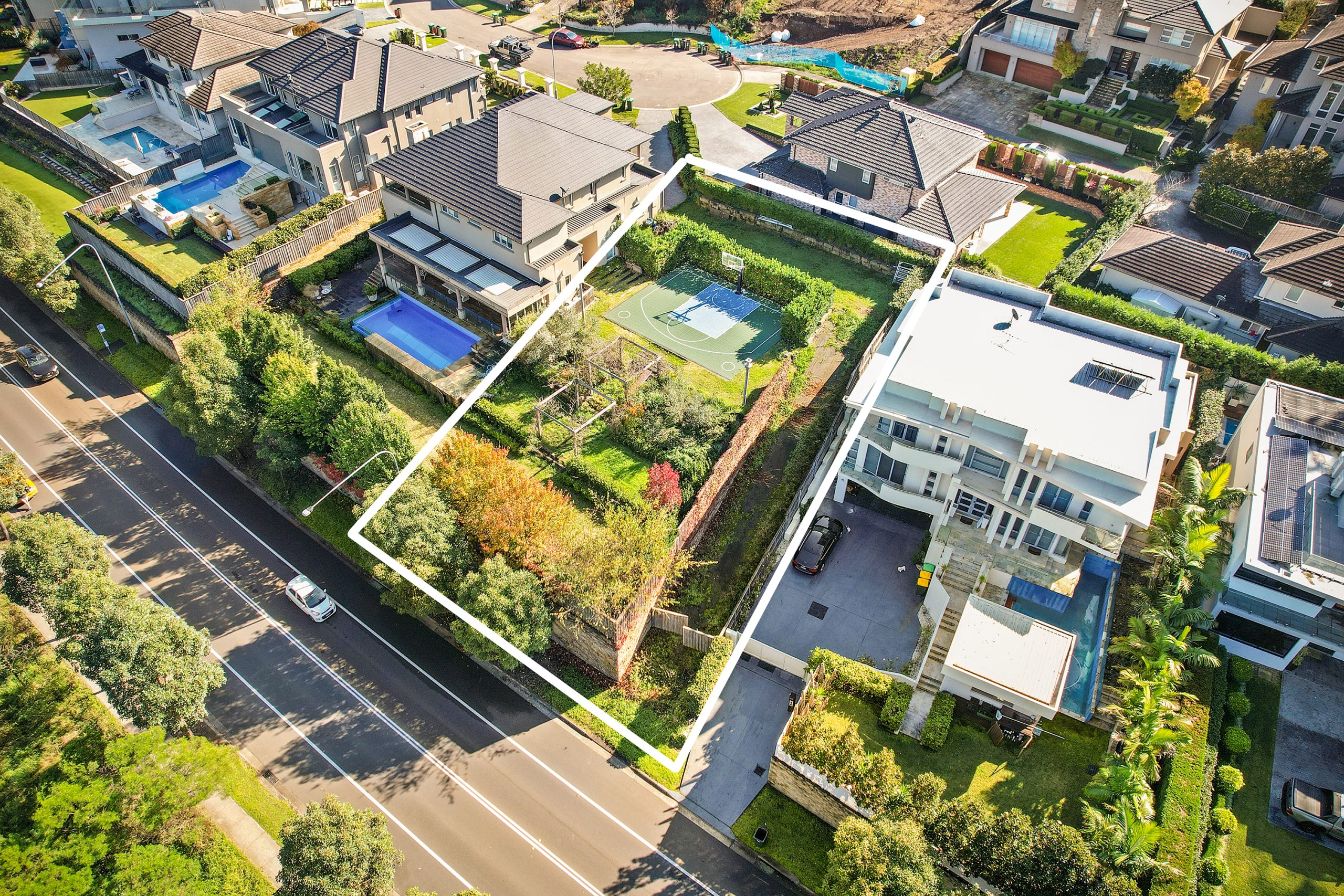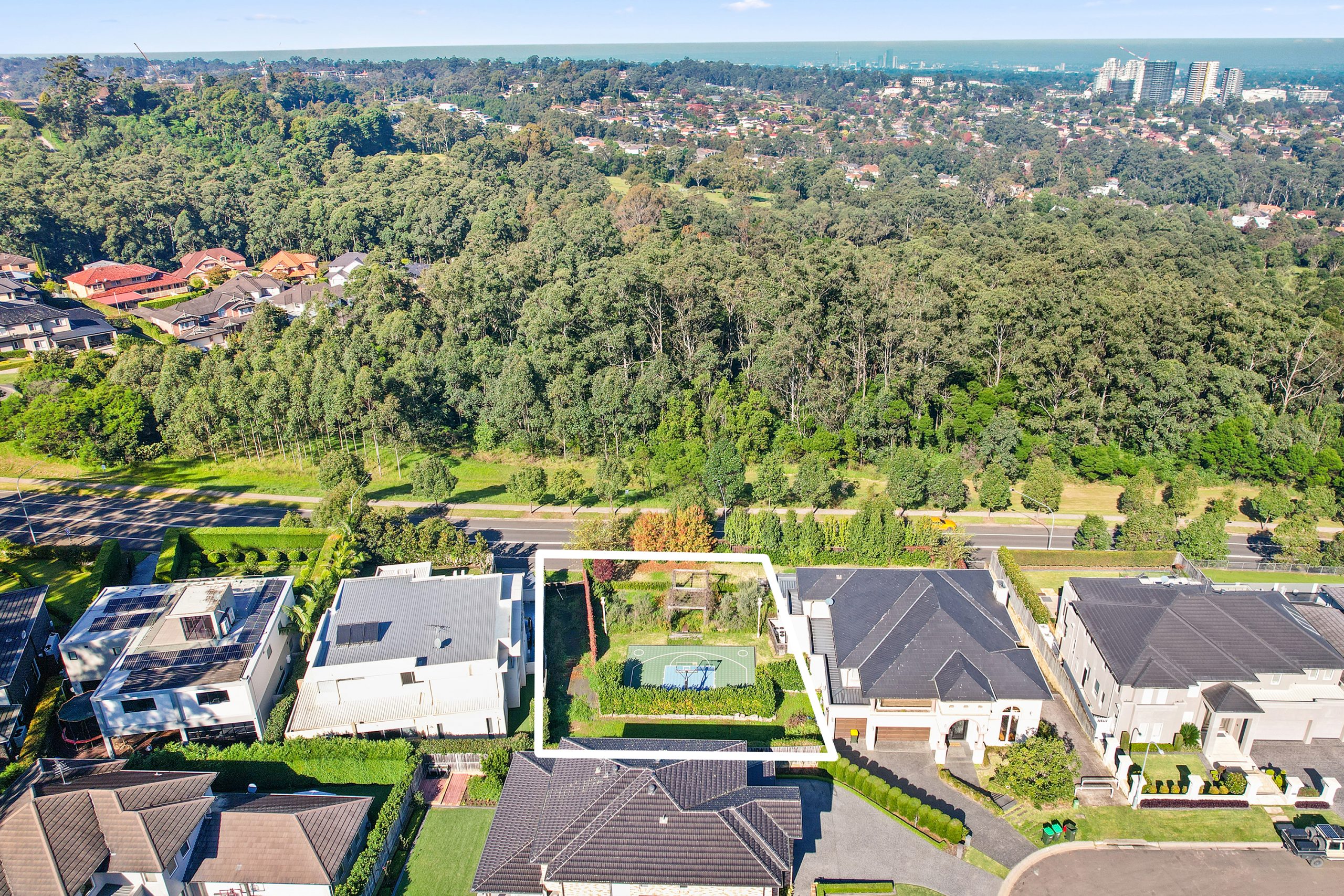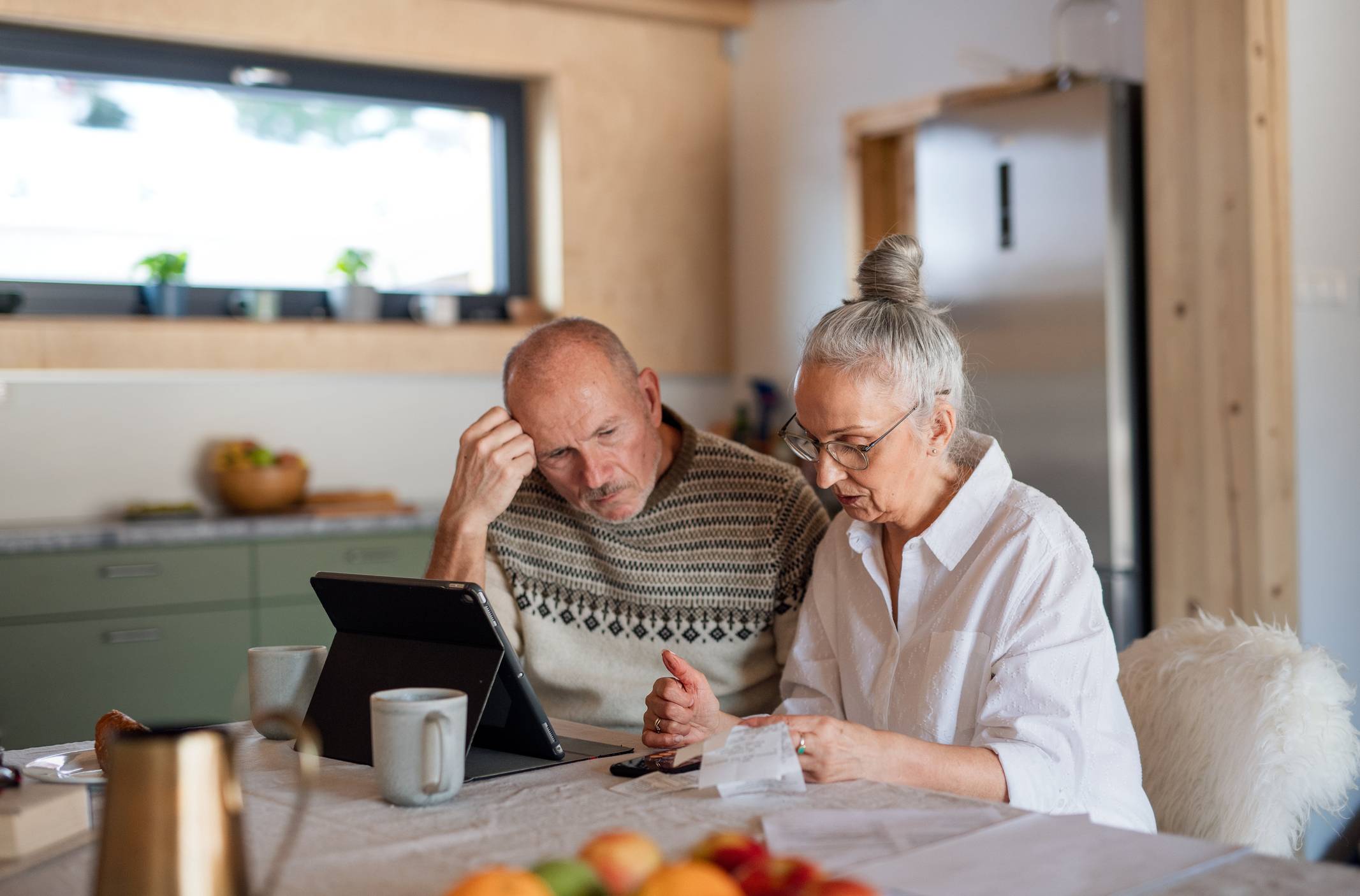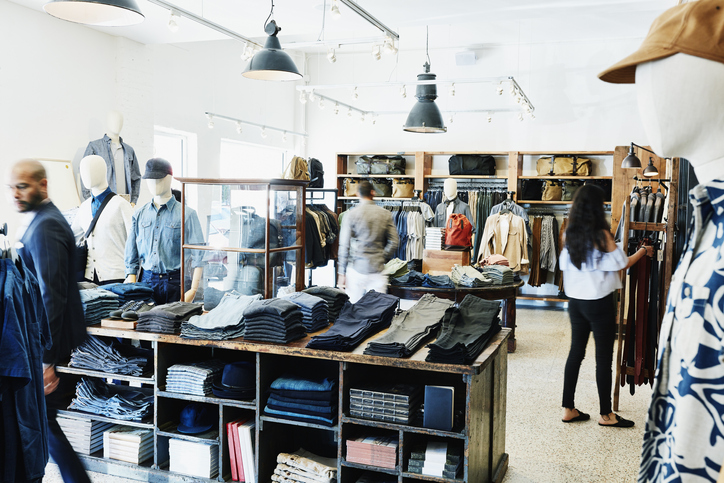A covetable $2m KDR site complete with basketball court for sale in the Hills District
The ball is in the buyer’s court with this knockdown/rebuild opportunity
Glenhaven in Sydney’s Hills District is one of those areas that locals tend to keep to themselves. Leafy with large blocks on offer, the suburb takes its name from its valley location, with the northern end originally known as the Glen and the southern end called the Haven.
En route from Parramatta to the Hunter, Glenhaven has become an ideal place for growing families in search of a little more space, or even room to house several generations under one roof.
The challenge is finding properties that tick all the right boxes.
As demand for trades and supply chain issues continue to ease, now could be the right time for a knockdown/rebuild project for would-be buyers looking to create their dream home.
Fairmont Homes specialises in knockdown/rebuild projects in Sydney. General manager at Fairmont Homes, Daniel Logue, said there are key features to look for when choosing a knockdown/rebuild site.
“The key items we look for are the site falling to the street, not to the rear, to help with stormwater drainage as well as access to the site,” he said. “Neighbouring property front setbacks are also important. In some older areas, the older houses are set closer to the street, meaning your new home will have to be set to suit.
“Value for money and the return on the end sale price of the home is another issue.”
If possible, he said designing a home that meets the criteria of the Complying Development legislation will speed up approvals considerably.
While suitable knockdown/rebuild sites can be hard to find in Glenhaven, there are still hidden opportunities if you know where to look.
One block at 158 Gilbert Road, Glenhaven is ideally suited for rejuvenation. With almost 850sqm to play with, it slopes down to the street and sits between neighbouring properties that have already been stylishly updated.

An existing basketball court at the rear could provide the perfect teen backdrop to a family home, or it could make way for a larger house with landscaped gardens and pool. Alternatively, it could be the perfect position for a cabana or granny flat to serve as in-law accommodation or a source of secondary income.
With recent sales of completed homes in nearby streets reaching well above $5 million, it’s a great opportunity to make a slam dunk of a buy into one of Sydney’s best kept secrets.
This stylish family home combines a classic palette and finishes with a flexible floorplan
Just 55 minutes from Sydney, make this your creative getaway located in the majestic Hawkesbury region.
Along with high inflation and weak consumer spending, there’s another key factor pushing a record number of businesses to the edge
More than 10,000 companies are expected to have entered external administration by the end of the 2024 financial year, a level not seen for more than a decade. Data just released by the Australian Securities & Investments Commission (ASIC) shows 1,245 companies became insolvent in May, the highest monthly number this financial year. At present, a total of 9,988 businesses have gone bust in FY24 with data from June yet to be finalised.
Deloitte Access Economics Partner David Rumbens said the surge in business insolvencies this year was a “clear sign of economic distress”.
He commented: “[ASIC] predicts that by the end of the financial year, the number of companies entering external administration will likely exceed 10,000 – a level not seen since 2012-13, in the aftermath of the Global Financial Crisis (GFC).”
Mr Rumbens said the elements contributing to this year’s surge in insolvencies include high inflation and interest rates, weak consumer spending, and the commencement of more proactive tax debt collection activities by the Australian Taxation Office (ATO).
“One of the key factors contributing to this surge in insolvencies is the [ATO] pursuing debts that were previously put on hold during the COVID-19 pandemic,” he said.
Mr Rumbens cited ATO figures showing collectable debt rose 89 percent in the four years to June 2023. This has particularly impacted small businesses, which account for approximately 65 percent of the total debt owed at about $33 billion. “But more strictly enforced debt collection is coming at a time of tough economic conditions. High interest rates and cost-of-living pressures have weakened consumer spending, particularly in more discretionary components of spending.”
The construction sector has seen the highest number of insolvencies by far in FY24, mirroring the trend of FY23. Of the 9,988 insolvencies to date, 2,711 of them are in the building sector, which faces several challenges. These include a substantial lift in the cost of construction materials that is well above inflation and has made many fixed-price contracts signed within the past few years unprofitable. There is also a significant labour shortage that is delaying new home completions and new project starts, and also adding higher costs to projects.
“The construction sector has been hit particularly hard, with construction firms leading industry insolvencies in every quarter since mid-2021,” Mr Rumbens said. “They have accounted for approximately 25 percent of all insolvencies during this period. The residential construction sector is already facing a backlog of projects to complete as a result of skills and material shortages in recent years, and increased insolvencies in the sector may only exacerbate the problem of housing shortages.”
The ASIC data shows the next biggest industry affected is ‘other services’, which includes a broad range of personal care services such as hair, beauty, dietary, and death care services. The sector has seen 939 insolvencies in FY24. Retail trade is next with 687 insolvencies, followed by professional, scientific and technical services with 585 insolvencies.
“The food & accommodation sector has also experienced a wave of insolvencies. High input costs, worker shortages, and weak consumer sentiment have put pressure on businesses. Specifically, in March, cafés, restaurants, and takeaway businesses accounted for 5.5 percent of total business insolvencies, the highest proportion in the last three years.”
Mr Rumbens pointed out that while the number of insolvencies was high, it represents a lower share of the business sector at 0.33 percent than it did in FY13 when it was 0.53 percent. “This reflects the increase of registered companies in Australia, which has risen from just over two million to 3.3 million since 2012-13. Even so, the continued lift in insolvencies since 2021 highlights the difficult conditions many businesses face at present.”
This stylish family home combines a classic palette and finishes with a flexible floorplan
Just 55 minutes from Sydney, make this your creative getaway located in the majestic Hawkesbury region.


















